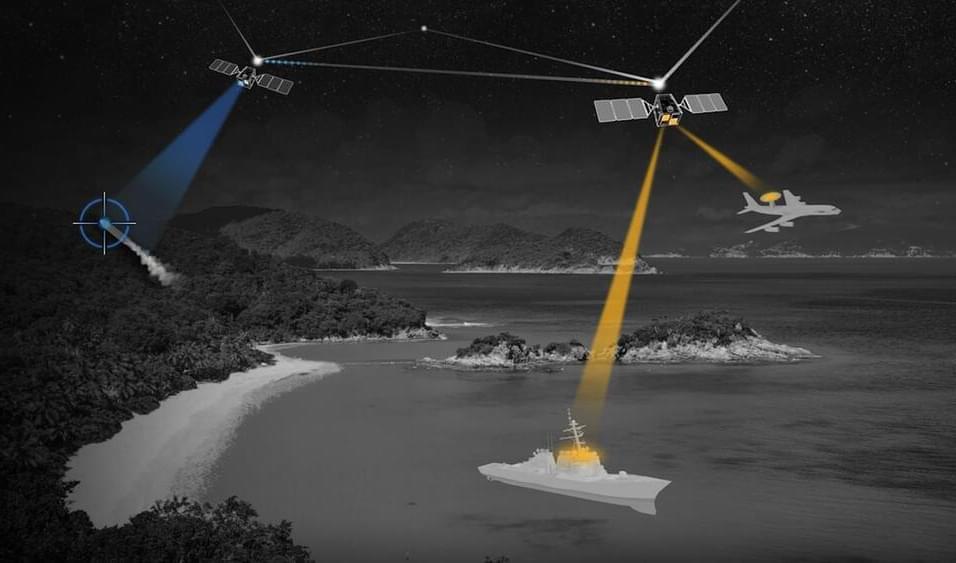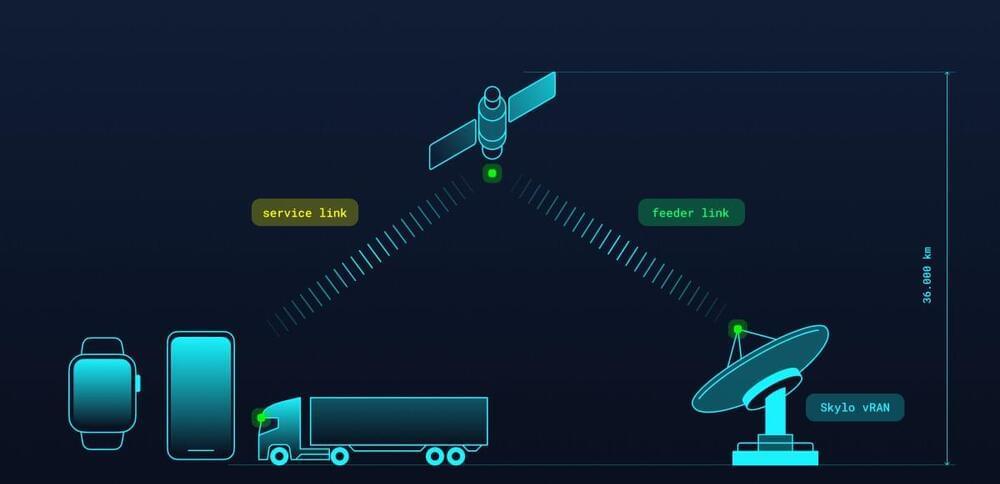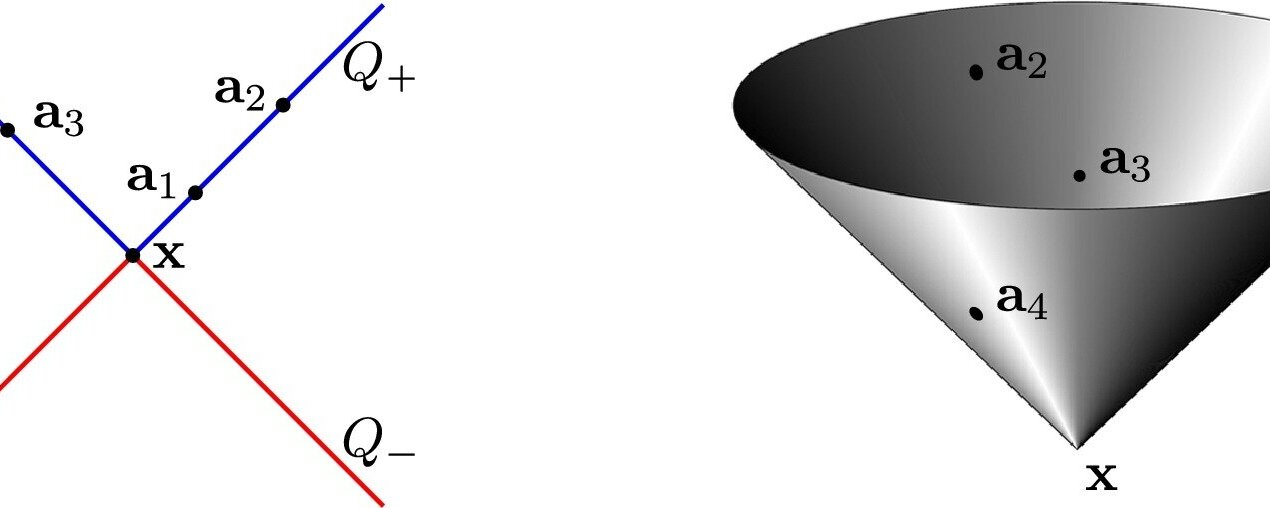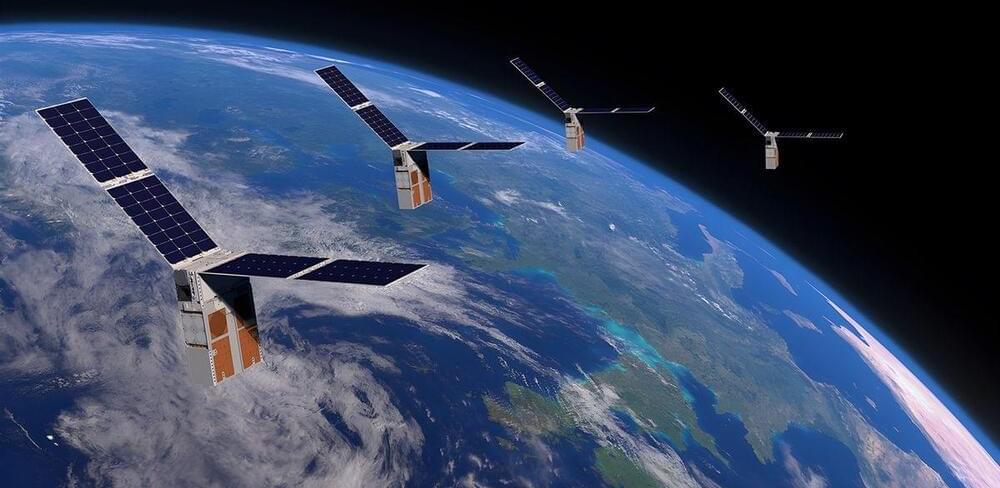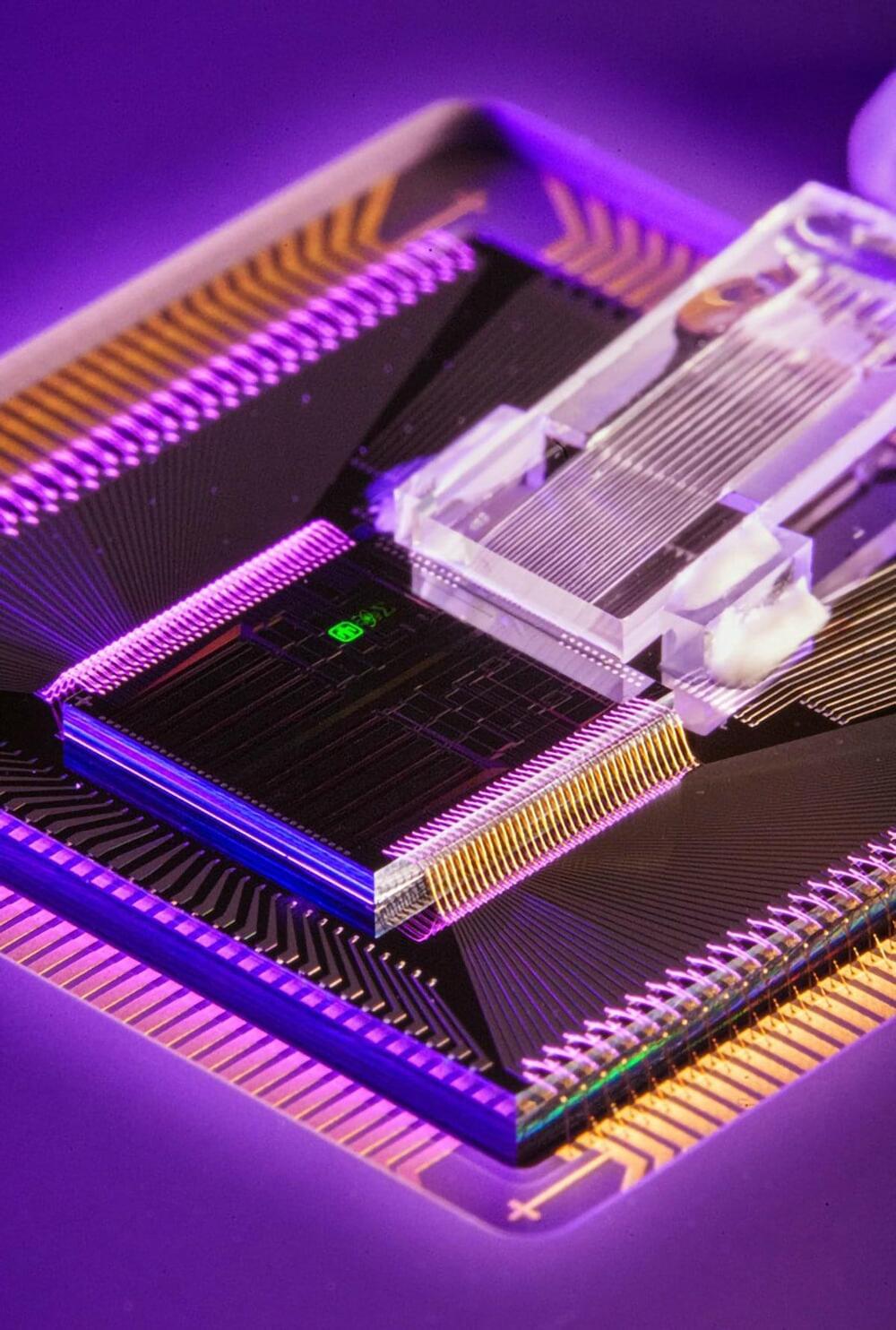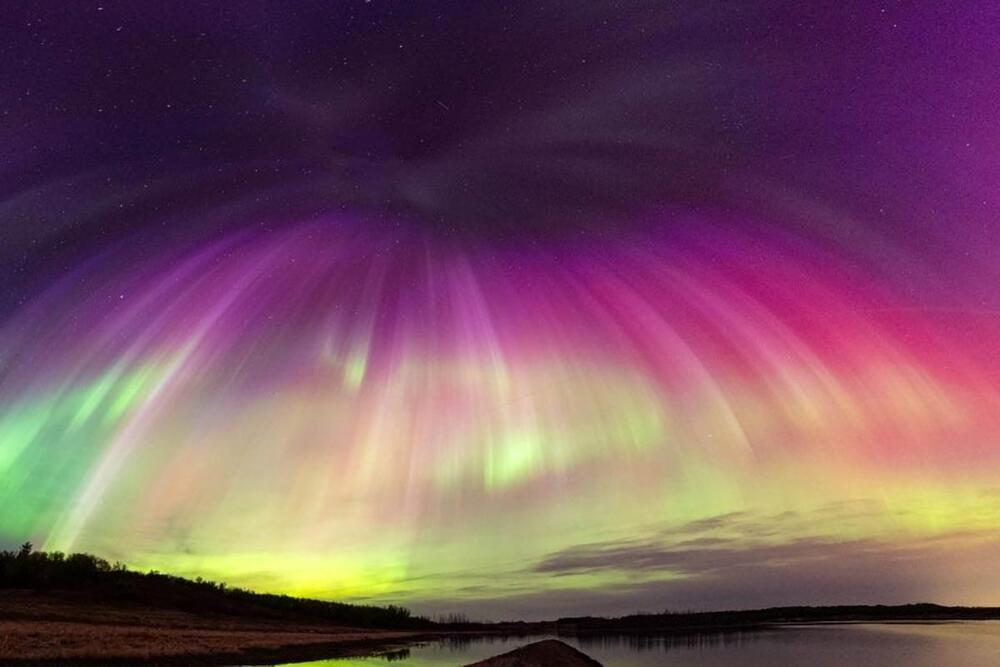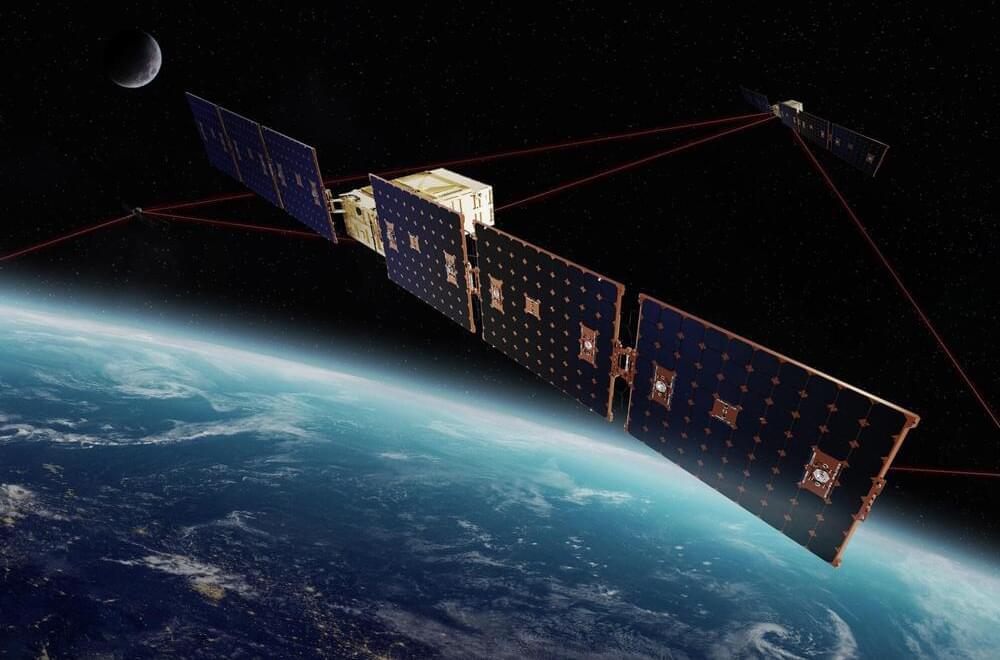WASHINGTON — General Dynamics Mission Systems, a unit of defense contractor General Dynamics, has been awarded a $491 million contract extension by the Space Development Agency for satellite ground systems, the Pentagon announced Aug. 30.
The modification nearly doubles the company’s existing contract with the Space Development Agency (SDA) to approximately $900 million through 2029. General Dynamics in 2022 was selected to build the ground operations and integration segment for the SDA’s Proliferated Warfighter Space Architecture (PWSA), a mesh network of satellites in low Earth orbit designed to support global military operations.
SDA. which is under the U.S. Space Force, is building the PWSA with a dedicated tracking layer that allows for real-time detection and monitoring of ballistic missile threats. The PWSA also is intended to provide a low-latency communication backbone for continuous data transmission, enhancing the ability to coordinate joint operations across different military branches.
